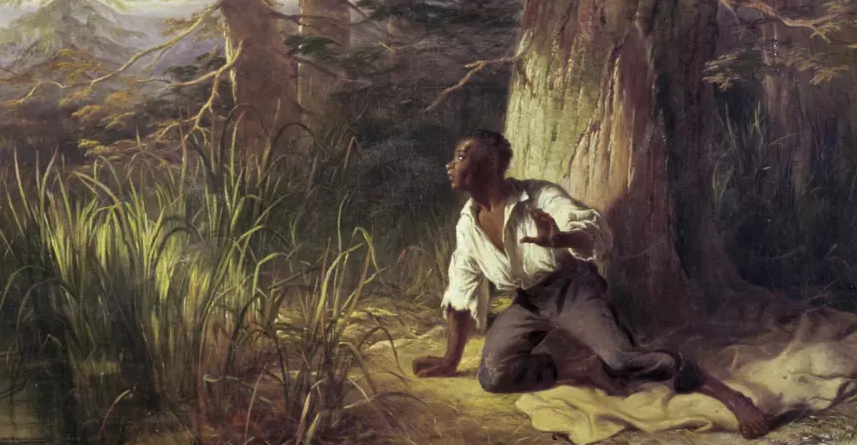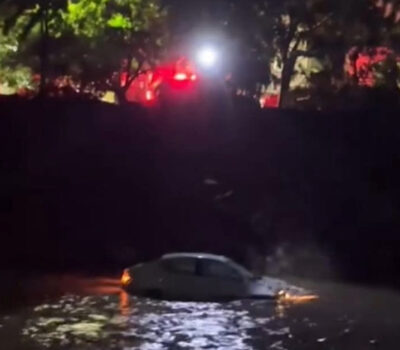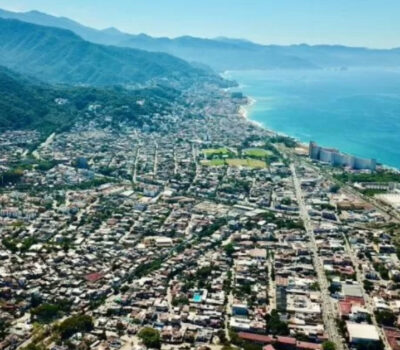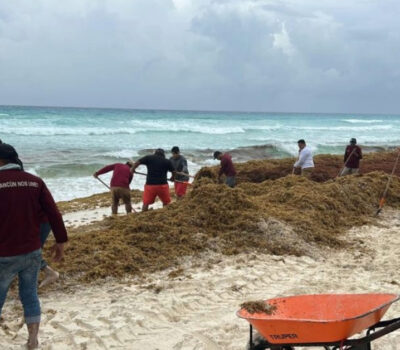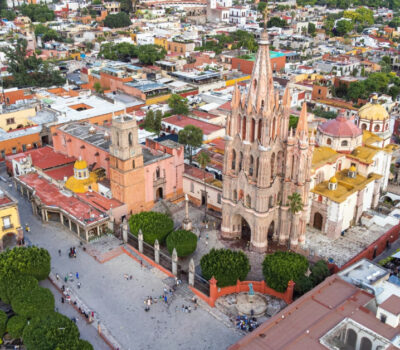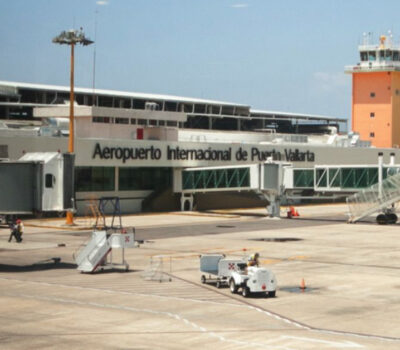The Underground Railroad ran south as well as north. For slaves in Texas, refuge in Canada must have seemed impossibly far away. Fortunately, slavery was also illegal in Mexico.
Researchers estimate 5,000 to 10,000 people escaped from bondage into Mexico, says Maria Hammack . . .

